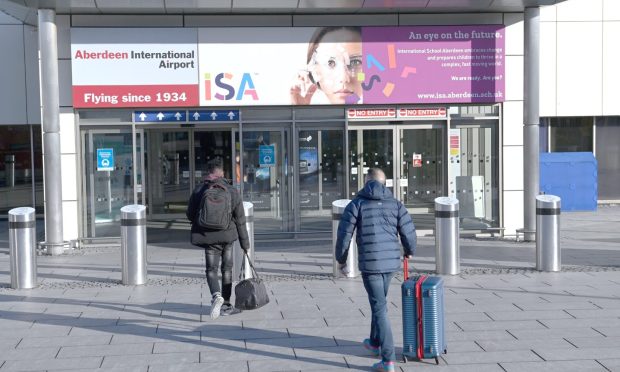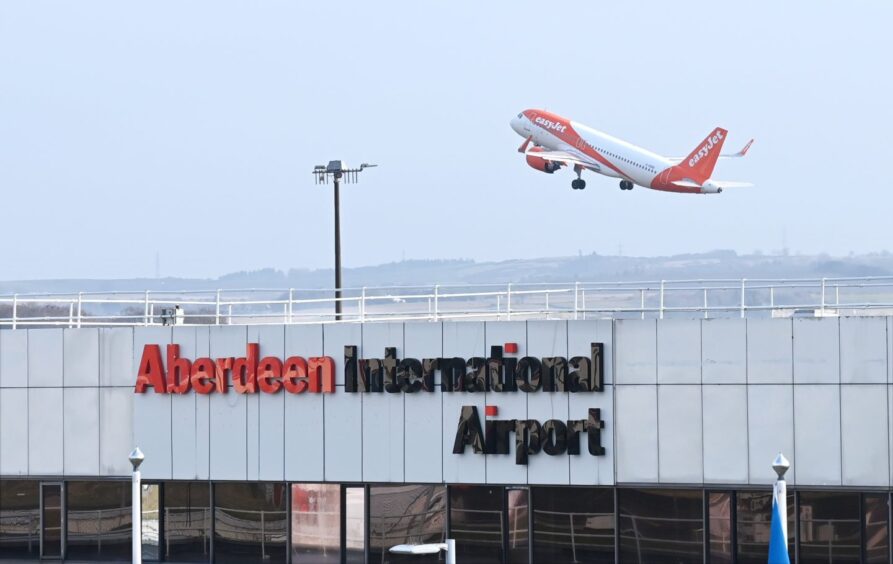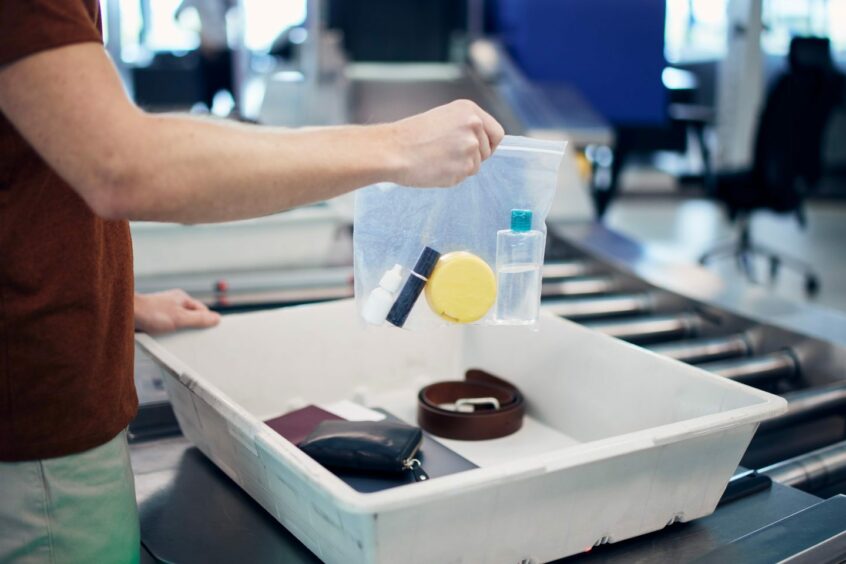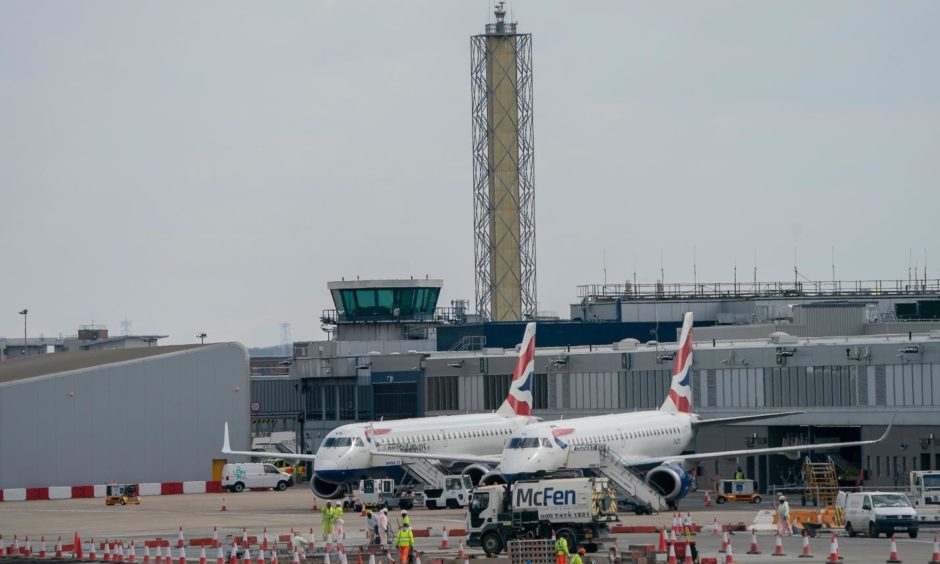Passengers in Aberdeen could be forced to stick to current liquid limits for up to a year as rule changes come in at airports across the UK.
The airport confirmed that they have been given an extension until June 2025 to fully install new security scanners, which will increase carry-on liquid limits from the current 100ml to 2,000ml.
It is understood that changes to the system are well under way at the Dyce hub.
Aberdeen International Airport refused to confirm their timescale for completing the installation of the technology, advising passengers to prepare for security in the usual way.
What’s changing at airports?
Major UK airports, including Aberdeen, are required by law to install high-tech new security scanners by June – extended from 2022.
The change also affects rules on electronic devices, meaning they will no longer have to be removed from luggage.
The new extension has been granted by the Department for Transport (DfT), which will see CT X-ray technology scanners – to provide 3D images – be installed at the Dyce hub.
A spokesman for the airport said: “We are continuing to work with the Department for Transport on the roll-out of Next Generation Security Checkpoint (NGSC) scanners.”
According to the UK Government, liquids are classed as:
- All drinks, including water.
- Contact lens solution.
- Cosmetics and toiletries, including creams, lip gloss, lotions, mascara, oils and perfumes.
- Gels, i.e., hair and shower gel.
- Liquid or semi-liquid foods, i.e., honeys, jam, soup and syrups.
- Pastes, such as toothpaste.
- Sprays, including hairspray, shaving foam and spray deodorants.
- Any other solutions and items of a similar consistency.
At the moment, there are still rules in place for taking liquids under 100ml through as hand luggage, including that containers must be in a single and resealable plastic bag, which is limited to one person.
The exemptions to these rules are:
- For essential medical purposes.
- For special dietary requirements.
- If they contain baby food or baby milk.
Aberdeen International Airport is not the only airport set to miss the deadline with Gatwick, Heathrow and Manchester all failing to do so too.
All of the airports – including Aberdeen – had to apply for individual extensions on a “case-by-case basis”.
However, a number in the UK have already successfully installed the new technology.
Significant fall in time to do security checks
Birmingham, London City and Newcastle, all which handled more passengers than Aberdeen last year, have managed to do so.
London City, along with Teesside International Airport, switched to the new liquid rules last year.
A spokesman for Teesside Airport told The P&J: “We ran a trial of the new scanners in 2021 to support the wider government roll-out
“We were the first UK airport to get them installed permanently.
“They were operational at the airport in January 2023.
“Last year saw our highest passenger numbers for 14 years and those travelling no longer had to adhere to the 100ml rule.
“We’ve had support on social media for the change but also through our self-reporting “happy or not” survey in the terminal.”
Financial penalties
If airports miss the deadlines, they could face financial penalties imposed by the Civil Aviation Authority (CAA).
A spokesman for AGS Airports, which owns and operates Aberdeen, Glasgow and Southampton airports added: “We welcome this decision and will continue to work with the DfT on the roll-out of NGSC scanners.
“We urge passengers to prepare for security in the usual way.”
Regarding the progress at Inverness Airport, a spokeswoman for Highlands and Islands Airport Limited said: “Inverness airport is working to install new security screening equipment as required by the new regulations and as part of ongoing enhancements to our security procedures for passengers.”



